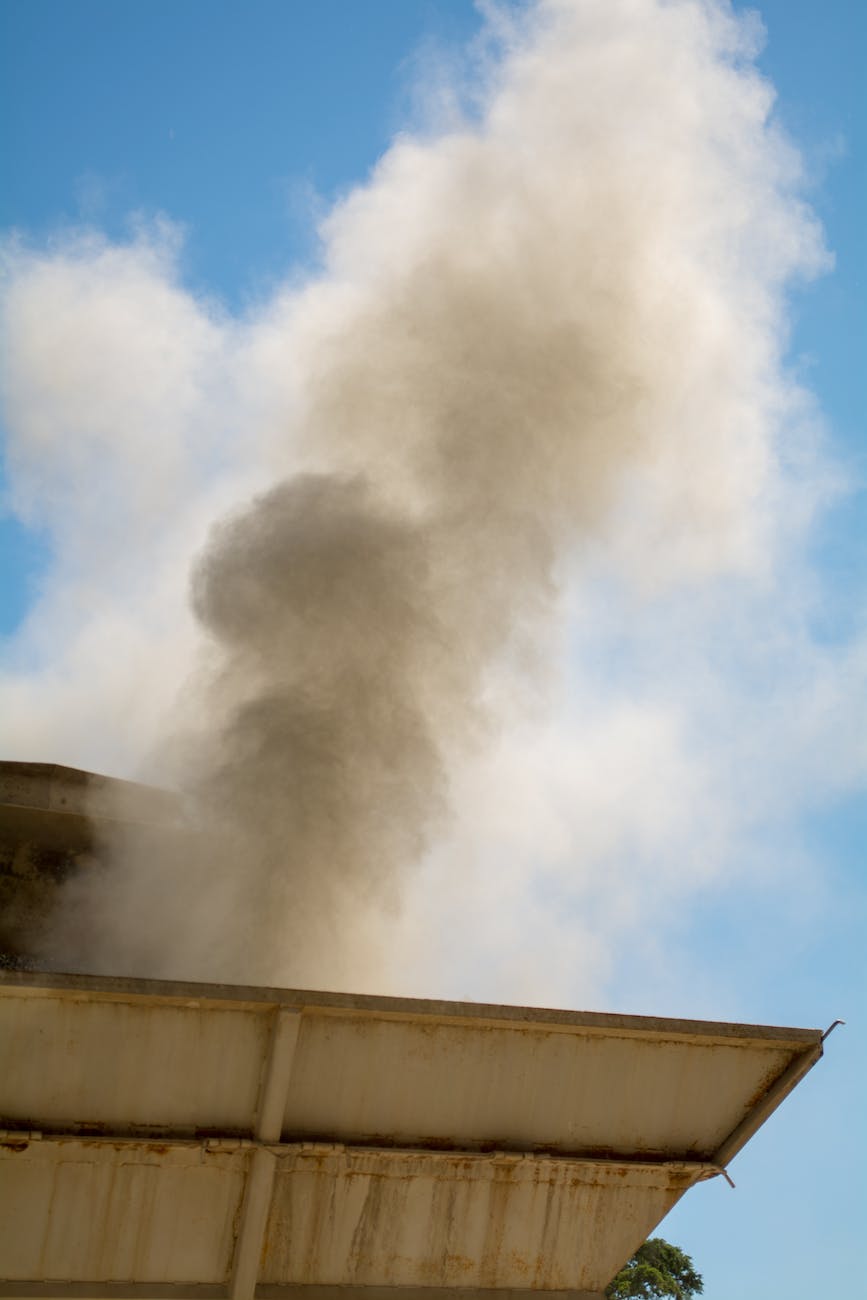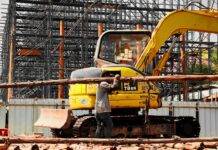
Silica Dust Exposure in Construction
Silica Dust Exposure in Construction : Construction workers often face multiple hazards on the job, and among them, one often overlooked but insidious threat is silica dust. Silica, found in materials like concrete, stone, and sand, can become airborne during construction activities and, when inhaled, poses severe health risks. Let’s delve into the importance of addressing silica dust exposure and the measures to control and mitigate this hazard.
Understanding Silica Dust:
Silica is a naturally occurring mineral commonly found in construction materials like concrete, brick, and asphalt. When these materials are cut, drilled, or ground during construction activities, they can release fine silica dust particles into the air. Inhalation of these particles can lead to serious health issues over time.
Health Risks of Silica Exposure:
Exposure to silica dust has been linked to several health conditions, including:
- Silicosis: An irreversible lung disease characterized by scarring of lung tissue, leading to breathing difficulties and an increased risk of tuberculosis.
- Lung Cancer: Prolonged exposure to silica dust can increase the risk of lung cancer.
- Chronic Obstructive Pulmonary Disease (COPD): Silica exposure is associated with an increased risk of COPD, a progressive lung disease that affects breathing.
- Kidney Disease: Some studies have suggested a link between silica exposure and chronic kidney disease.
Key Silica Dust Control Measures:
- Engineering Controls: These measures aim to prevent the release of silica dust into the air. Examples include using water to suppress dust during cutting or drilling and employing equipment with dust collection systems.
- Personal Protective Equipment (PPE): When engineering controls are not sufficient, workers should wear appropriate PPE, such as respirators, to protect themselves from inhaling silica dust.
- Work Practices: Safe work practices, such as proper tool handling techniques and the use of dust-reducing methods, like wet cutting, are crucial in minimizing silica dust exposure.
- Training and Education: Workers must receive training on the hazards of silica dust and how to protect themselves. This includes recognizing the signs of overexposure and understanding the importance of preventive measures.
- Regular Air Monitoring: Periodic air monitoring should be conducted to assess silica dust levels at construction sites. This helps in adjusting control measures as needed.
Regulations and Compliance:
The Occupational Safety and Health Administration (OSHA) has established specific regulations (29 CFR 1926.1153) to protect workers from silica dust exposure in construction. Employers must adhere to these regulations to ensure worker safety and compliance.
Masonry Hazards and Precautions
Construction Hazards and Precautions
What Does HSE Mean in construction?
Construction Site Safety Rules
A Shared Responsibility:
Addressing silica dust exposure is not just the responsibility of employers; it’s a shared commitment among workers, supervisors, and management. An environment of open communication where workers can report concerns about silica dust exposure is essential.
Conclusion:
Silica dust exposure is a serious and preventable health hazard in the construction industry. By implementing effective control measures, providing proper training, and complying with regulations, we can safeguard the health and well-being of construction workers. It’s not just about building structures; it’s about building a culture of safety where every worker can breathe easy and stay healthy on the job. Silica dust control is not an option; it’s an imperative for the safety of our workforce.

























Wow, this piece of writing is pleasant, my younger sister is analyzing such things, therefore I am going to tell
her.